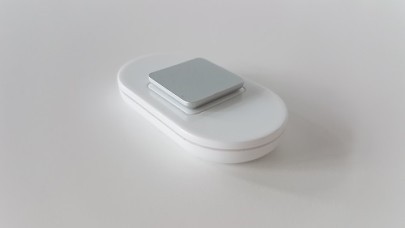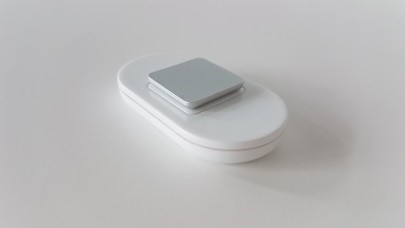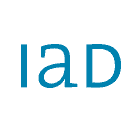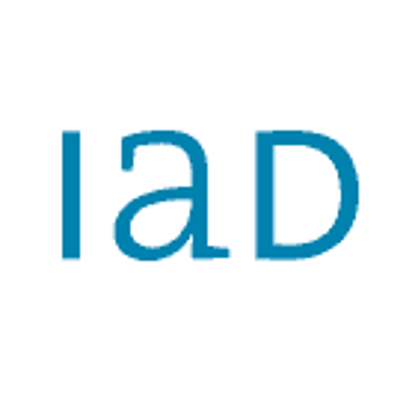Physical workload and risk assessments of workplaces is a major challenge for many companies. One promising solution is the use of modern systems for recording and analyzing human movements and postures. At the IAD, we use markerless motion capture systems based on Inertial Measurement Units (IMUs), a combination of acceleration sensors, magnetometers and gyroscopes.
IMU motion capture systems record the movement and orientation of the human body using several such sensors, which are attached to the body with straps. With a transmission range of up to approx. 50 m and a battery life of up to 6 hours, they can be used in a variety of working environments in the laboratory and in field studies, even when wearing personal protective equipment (PPEs).
The movement data collected is used to create a digital twin of the user. The obtained data is then processed further by us, for example in simulations of the workplace in ema Work Designer. Motion capture systems are a promising approach for the comprehensive physical workload assessment of workplaces by using this data to automate classic paper-and-pencil methods such as EAWS, RULA and REBA. At the IAD, we use the raw data from the system to classify posture and analyze joint positions, velocities and accelerations in accordance with applicable ergonomic standards (e.g. ISO 11226 or DIN EN 1005-4) or to perform a range of motion (ROM) analysis, when using assistive devices such as exoskeletons.
Example applications:
- At IAD, we used the Xsens Awinda Motion Capture System as part of the EU project FELICE to analyze the effect of adaptive workstations in manual assembly on posture. Adaptive workstations are a promising approach for the automatic individualization of the workplace, for example the position of work objects depending on body dimensions and the current work step. Xsens is considered the gold standard of markerless motion capture systems in research and practice.
- In the SME 4.0 project, we used the CAPTIV motion capture system from TEA Ergo to analyze the change in psychophysical stress as a result of the use of assistance systems.
- Motion capture systems were used to measure movement data during aircraft luggage handling in order to quantify the physical strain experienced by the ground staff at airports.


- Wearables for motion analysis are much more compact: With the Notch system, the movements of individual body segments or the entire body can be tracked. Lumo Lift is another wearable with an app connection and acts as a posture trainer in everyday working life. The sensor is attached below the neck and uses vibrations to warn users of unfavorable postures, e.g. when working at a computer screen. The data collected can be visualized and saved directly on the smartphone.
If you would like to know whether the method is suitable for your application, you are welcome to contact us using the contact button on the right. Your enquiry will then be forwarded directly to our experts.





